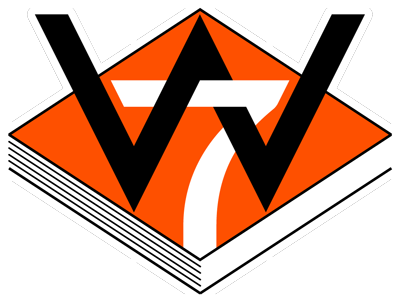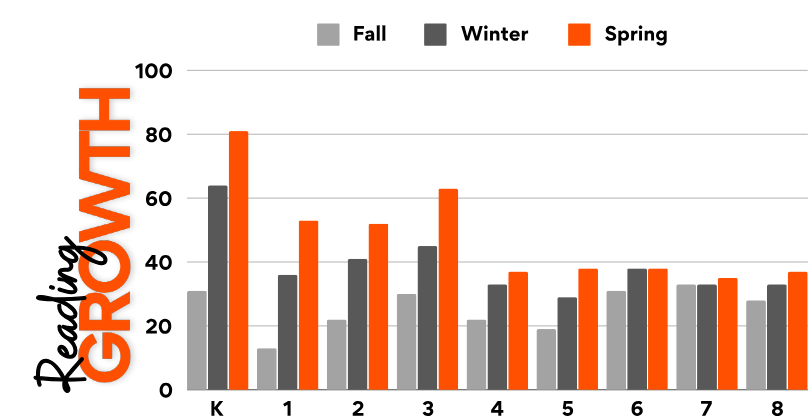North Dakota Academic Progression of Learning and Understanding of Students or ND A-PLUS (ND A+) is a newly implemented, connected system of assessments introduced by the North Dakota Department of Public Instruction. This system includes state-provided interim assessments, which began in Fall 2023, and a statewide summative assessment set to replace the North Dakota State Assessment (NDSA) starting in Spring 2025.
The ND A-PLUS (ND A+) system of assessments provided valuable insights into student performance throughout the 2023-2024 school year. This was also the first year this test was given in our state, so the data is not normed yet.
WBSD7 students in grades 9-12 demonstrated competitive results when compared to state averages in both math and reading.
With the state implementing a modification to their scoring system in the spring, which affected scores statewide, it is important to compare WBSD7’s results to state averages to gain an accurate understanding of our students' performance.
In the spring, fewer North Dakota schools chose the ND A+ assessment, opting for other assessment tools instead. As a result, the state average was more significantly impacted by scoring changes, displaying much lower scores compared to those of WBSD7.






























